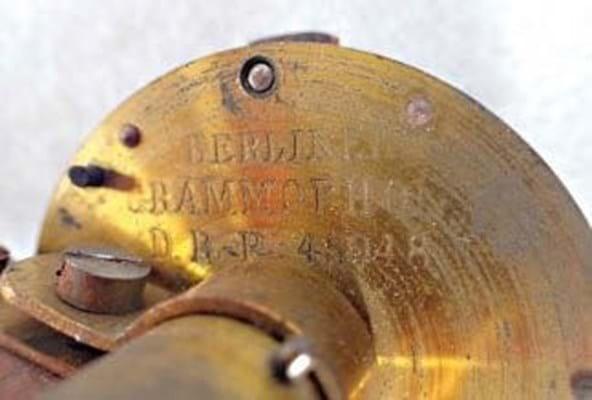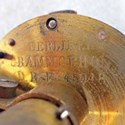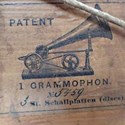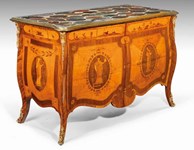
At a time when the wax cylinder phonograph was king, in November 1887 he was granted simultaneous US and German patents for a method of recording sound waves on a zinc disc, following soon after with the device he called a ‘gramophone’.
In time the grooved disc, that could be stamped out far more cheaply than Thomas Edison’s phonograph cylinders, would become the basis of the recording industry.
However, the first commercial appearance of Berliner’s invention was as a hand-cranked, cast-iron ‘toy’ made in Germany, c.1890-93, by Kämmer & Reinhardt of Waltershausen.
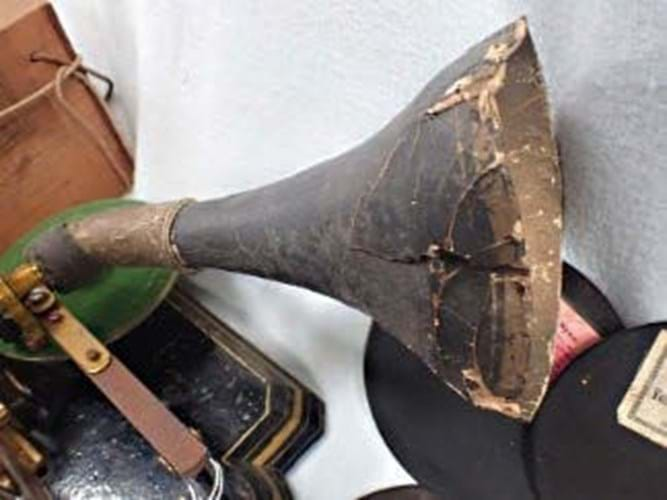
Gramophone by Kämmer & Reinhardt, Germany, c.1890-93 – £29,000 at Duke’s Avenue Auctions.
These machines, with a few improvements on Berliner’s original model of 1887 but visibly different from later models, amount to the very first production-made gramophones. A number were exported to Britain, including the example on display in the Science Museum in South Kensington.
The example offered by Duke’s Avenue Auctions in Dorchester on October 10 had quite likely been in the same family since it was purchased new.
Coming for sale from the estate of Edwin ‘Rufus’ Walpole Eyre (1926-2020), it had survived in remarkable condition. As well as 18 discs in a number of genres (as the world’s first record label, Berliner catered for all sort of musical tastes) it included the battered but original black and gilt papier-mâché sound horn and a pine shipping box complete with pictorial label.
Closer inspection revealed that the lacquered brass sound box (mounted on a swinging arm) has the stamped letters E. Berliner Grammophon D.R.P. 45048 with the box and machine carrying the matching serial numbers 5459.
Survivors such as this are few and far between but a rough price guide was provided earlier this year when a Kämmer & Reinhardt Berliner (minus its tension belt and horn) sold for $19,000/£14,500 (plus 20% buyer’s premium) at Connecticut saleroom Nadeau’s.
Duke’s offering, guided at £500-1000 was undeniably superior and it performed accordingly. The hammer price of £29,000 meant a bill of over £36,000 once a 25% premium was added.


